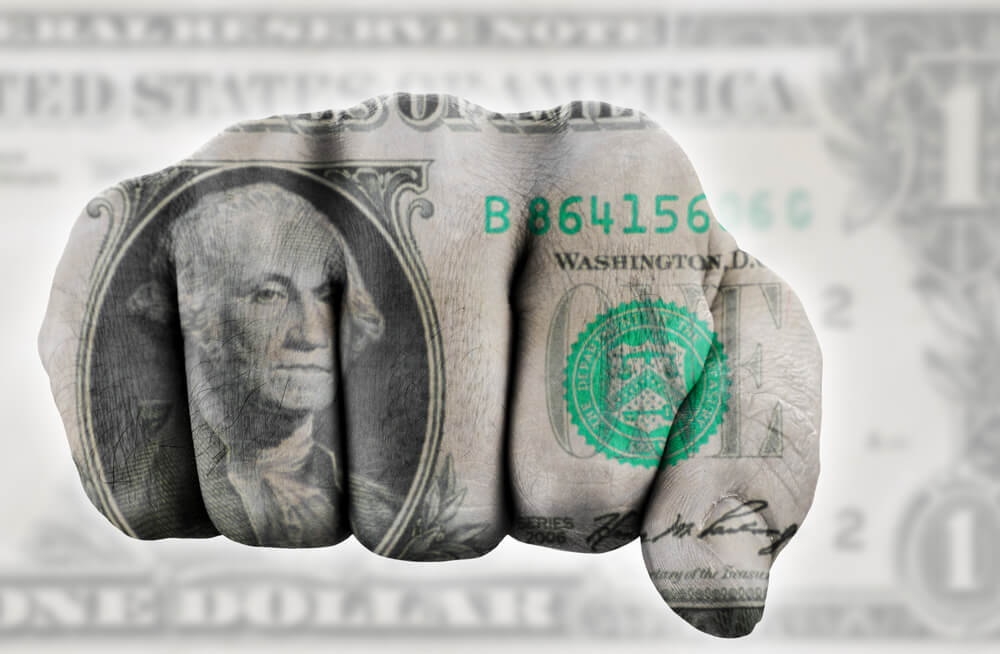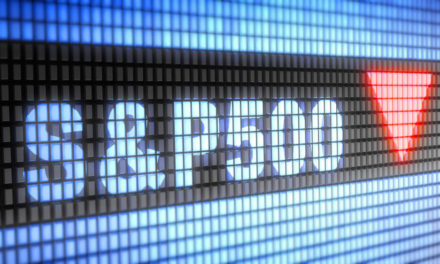While China is potentially devaluing its currency to try and soften the blow from all of the tariffs imposed on Chinese imports enacted by President Donald Trump, is the U.S. dollar overvalued?
A recent column in The Hill says it is — and significantly so — and that Trump should do something about it because its strength will negate some of the tariffs’ effectiveness.
Per The Hill:
Here’s the problem. Each day, global investors purchase massive amounts of U.S. securities and financial assets. This incoming capital benefits the financial industry but creates few jobs for everyday Americans. Worse, it has the unfortunate side effect of driving up the dollar’s value in global markets.
So while a strong U.S. dollar helps the buying power of those traveling abroad, it makes U.S. products more expensive for people buying outside the country, in addition to making imports from Europe an Asia less expensive.
Trump alluded to this problem recently, saying a strong dollar “doesn’t necessarily mean all good” and since April, the dollar has risen by 7.15 percent, offsetting the administration’s efforts to pound countries like China into submission with tariffs, which are about $41.8 billion on imports.
But if the dollar rises only 1 percent, the annual impact exceeds the tariffs’ costs. That’s because every 1 percent increase in the dollar’s value adds roughly $25 billion annually to the price tag of U.S. exports. And it effectively subsidizes import prices by about $31 billion as well. The combined impact is a whopping $56 billion.
Overall, the dollar is now overvalued by as much as 25 percent. That means exports from Boeing, Caterpillar, Ford and the nation’s farmers cost foreign buyers 25-percent more than they should.
On the flip side, imports from Kia, Toyota and Samsung are 25 percent cheaper in the states and the strong U.S. dollar import subsidy is pushing American manufacturers by preventing them from raising wages because of fierce competition.
Under existing international agreements, the president retains authority to respond to economic threats that originate outside the United States. President Trump should use such latitude to impose a fee on excessive incoming foreign capital.
This would gradually push the dollar back to its fair-market value, making U.S. exports more competitive globally and gradually eliminating the trade deficit.
President Ronald Reagan devalued the dollar in 1985 through the Plaza Accord, but many Americans remain firmly in support of a strong U.S. dollar — even though is hurts manufacturers and farmers who are priced out of global markets.
The Trump administration’s trade strategy must include efforts to achieve a competitively priced dollar. Otherwise the president will find less success in lowering America’s trade deficit and rebuilding domestic production.




